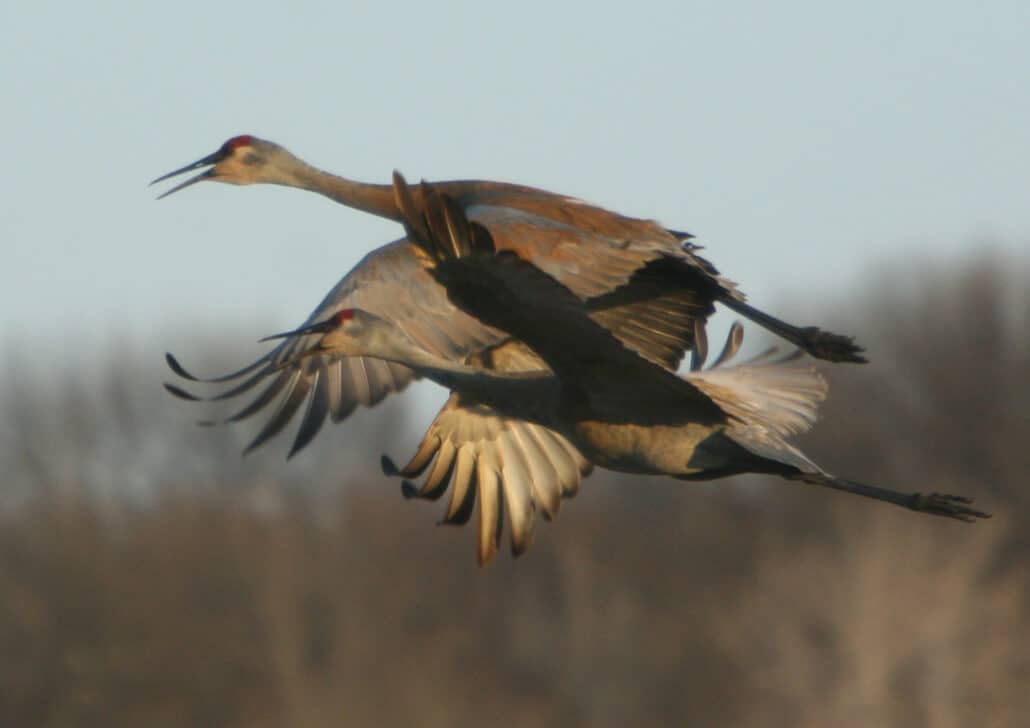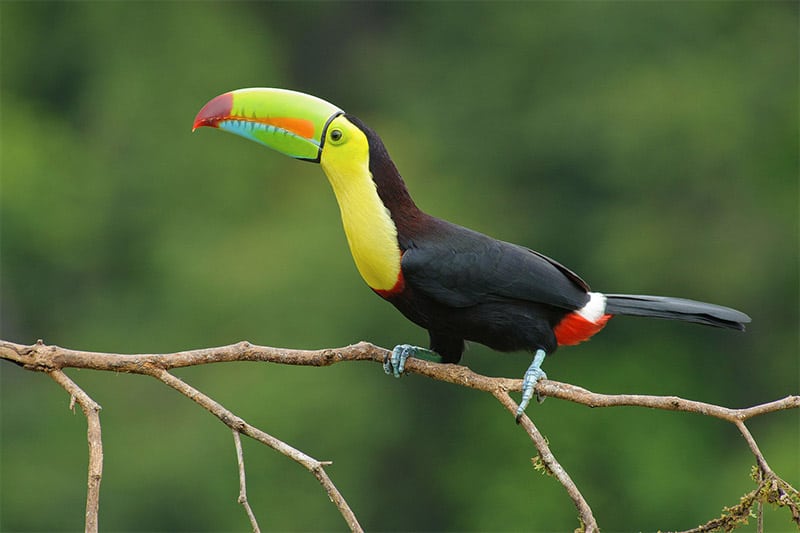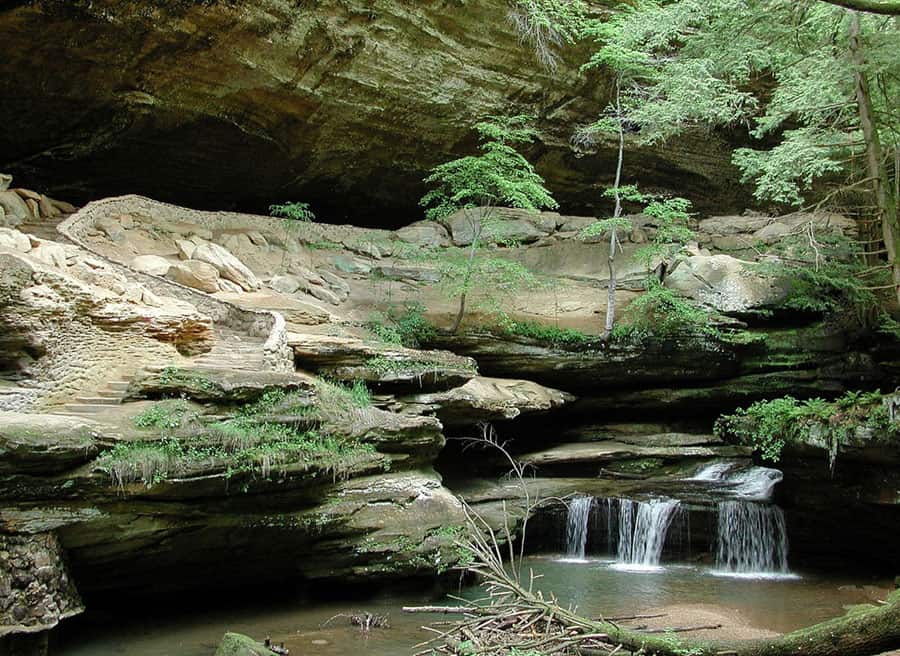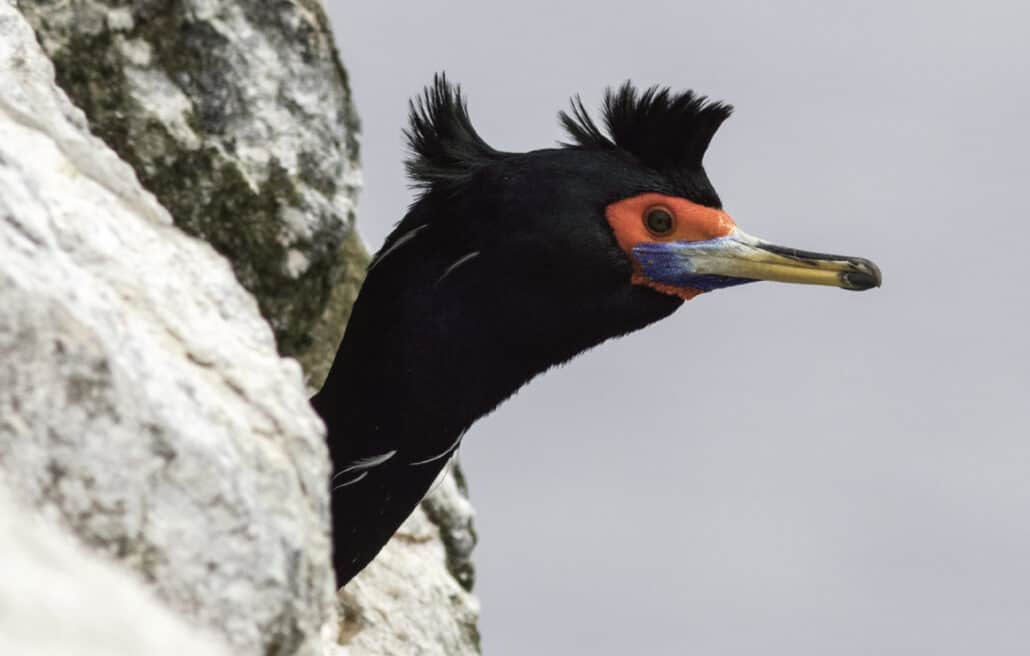Fall Birds of Minnesota (September, October, November)
Life could never be long enough to hold all the Minnesota fall days that the reasonable person would hope to enjoy.
Fall migration means the disappearance of some nesting birds headed south to warmer climes. It also signals the arrival of some northern species-birds that nest in the Far North, and that must think of our Minnesota winters the same way we think of Florida’s.
Fall hawk migration brings the skies alive with raptors which means many Minnesota hawk watchers head to our popular hawk-watching sites, including Hawk Ridge.
Dark-eyed juncos, our “snowbirds” arrive, and many old-time Minnesotans believe that these birds mean snow is not far behind. Fall is also the start of the primary bird-feeding season and hungry sparrows, blackbirds, cardinals, chickadees, titmice, nuthatches, woodpeckers, and finches mob many backyard feeding stations.
Hungry birds might bring up a frightening scene to anyone who has seen Alfred Hitchcock’s film “The Birds.” This movie, probably the scariest movie ever featuring birds, starred Tippi Hedren, who was born in Minnesota, as a blonde who had some issues with birds. Nowadays this movie would be titled, “When Birds Go Bad.” The attack birds featured in this flick were gulls, crows, and sparrows.
Minnesota Fall Birding Calendar: September
The first frosts generally occur during September.
Nesting species begin migration. Swallows and nighthawks migrate. This month is the peak migration for smaller raptors. Turkey Vultures also migrate.
Warblers are on the move.
Hummingbirds, orioles and martins have likely left the state.
The middle of the month is a great time to watch the migration of the raptors at Hawk Ridge in Duluth. Broad-winged hawks are the most numerous raptors seen there, but you could see everything from the American kestrel to the bald eagle. Hawk Ridge is the place to see many different kinds of birds migrating through, including nighthawks and owls. Even some dragonflies migrate through the Ridge.
The best viewing at Hawk Ridge is typically when west or northwest winds move the birds on a cold, clear day.
Acorns begin falling, first apples of the year ripen and baby turtles hatch.
Jewelweed (touch-me-not) is at its peak. When the seedpods are touched, they explode and scatter seeds.
Poison ivy, Virginia creeper and sumac turn red.
Weeping willows begin to turn gold and walnuts fall.
Woolly bear caterpillars are seen crawling along roads. There is a belief that the color of this caterpillar of the Isabella moth is said to indicate the harshness of the coming winter. A dark-colored woolly bear means a bad winter and a light-colored one indicates a mild winter.
Fall is in the air.
Minnesota Fall Birding Calendar: October
Larger raptors migrate in October, which is a good time to see northern goshawks at Hawk Ridge. The first winter finches arrive.
Sandhill cranes migrate southward, with the long-legged birds being able to be observed on land in many locations across the state. The cranes rest in shallow water at night and then fly to harvested fields to feed during the day. To hear the birds making their distinctive calls in flight and to witness their joyful dancing is a treat that no one should miss.
Monarch butterflies continue to migrate and milkweed pods burst open.
Fall colors can be magnificent. Leaf peeping is a great activity to combine with bird watching. This is the peak for both fall color and crop harvesting.
This is probably the best month for finding rare and unusual birds.
Late October is a good time to see waterfowl the Mississippi River near Wabasha.
Minnesota Fall Birding Calendar: November
Lakes begin to freeze over during November, the cloudiest month.
The last of the ducks that migrate move out of state. Common mergansers gather in the thousands on Lake Pepin to feed on shad. Tundra swans begin gathering on the Mississippi River on their way to wintering grounds in North Carolina and Virginia and reach peak numbers this month. They begin arriving in early November. Look and listen for lots of swan activity at first light. Bald eagle numbers also are high, with Red Wing and Read’s Landing being two good spots to look for them.
Snow buntings arrive. Rough-legged hawks may be seen hovering while hunting.
Northern owls can be in evidence. To bird watchers, the snowy owls, northern hawk owls, boreal owls and great gray owls are some of the most sought-after birds in the state.
When prey is scarce, these owls move from their northern nesting territories in the tundra and the boreal forests into Minnesota.
If we’ve been good, Minnesota is given something called “Indian Summer.” This is a period of unseasonably warm weather that comes after a frost.





Black and brown bird flocks. Groups of 20-30 in flock. Last 2 days at north end Cross Lake, Pine City Mn. Anyone seen the massive flocks of these birds yet?